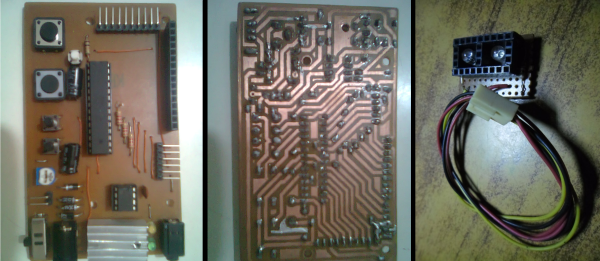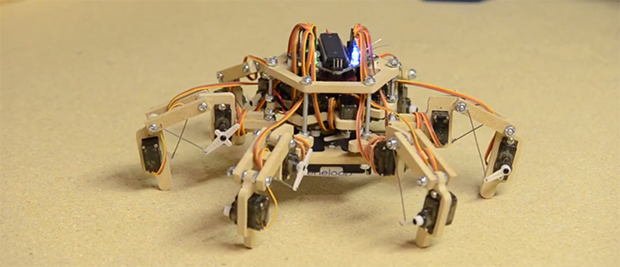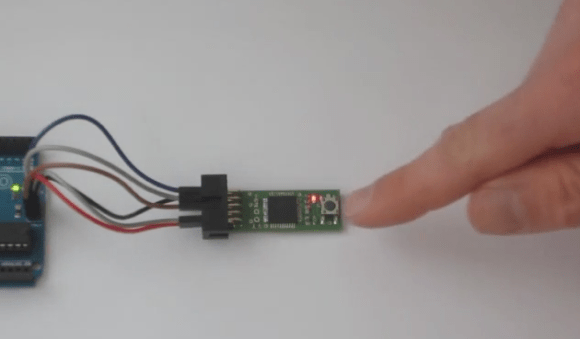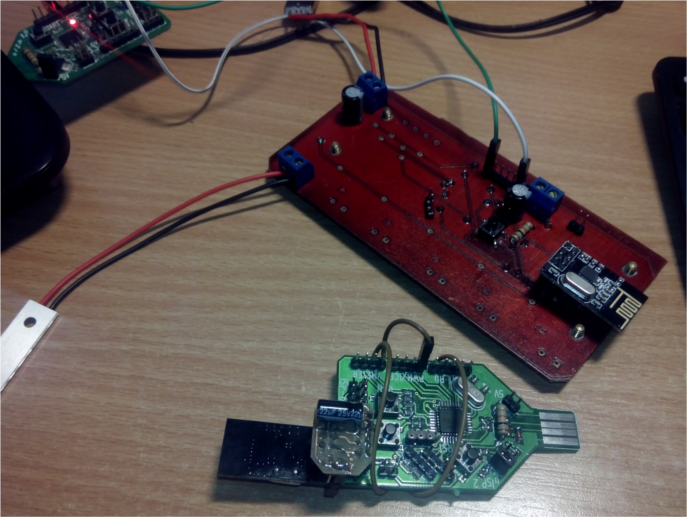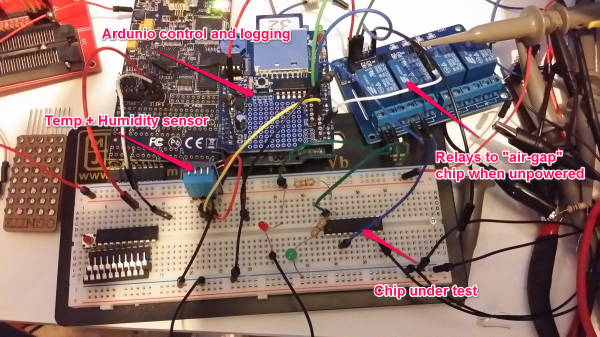We all have projects from yesteryear that we wish had been documented better. [EjaadTech] is fighting back by creating a project page about a tachometer he built 3 years ago while in college. He’s done a great write-up documenting all the steps from bread-boarding to testing to finished project. All of the code necessary for this tachometer is available too, just in case you’d like to make one yourself.
At the heart of the project is an AVR ATMega8 chip that performs the calculations and controls the LCD output screen that displays both the immediate RPM as well as the average. To hold everything together, [EjaadTech] etched his own custom PCB board that we must say looks pretty good. In addition to holding all the necessary components, there is also an ISP connector for programming and re-programming.
There are two attachment options for sensing the RPM. One is a beam-break style where the IR emitter is on one side of the object and the receiver is on the other. This type of sensor would work well with something like a fan, where the blades would break the IR beam as they passed by. Then other attachment has the IR emitter and receiver on one board mounted next to each other. The emitter continually sends out a signal and the receiver counts how often it sees a reflection. This works for rotating objects such as shafts where there would not be a regular break in the IR beam. For this reflective-based setup to work there would have to be a small piece of reflective tape on the shaft providing a once-per-revolution reflection point. Notice the use of female headers to block any stray IR beams from causing an inaccurate reading… simple and effective.

